Camera
The insect camera is a digital camera with software designed and built especially for DIOPSIS. Insects are attracted to the yellow screen and are photographed when they are on the screen. The camera takes a picture every 10 seconds day and night. To be able to take pictures in the dark, LED lights are built in. The photos are stored on a memory card. Photos that are no different from the one taken 10 seconds earlier are not saved to save memory. It is possible to send the photos to a server via 4G.
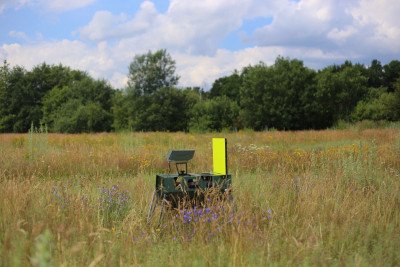
Screen
Vmany flying insects are attracted to certain colours. Preferred colours (e.g. white, yellow, blue) differ from species to species. The colour yellow attracts the most insects. The attraction is further enhanced by applying an ultraviolet layer to the screen. For extra attraction in the dark, LEDs are used. To prevent insects from sitting on the back of the screen, it is dull green. In 2021, the insect camera was redesigned by Iconize. Below an overview of the insect camera version 2 of manufacturer Faunabit.
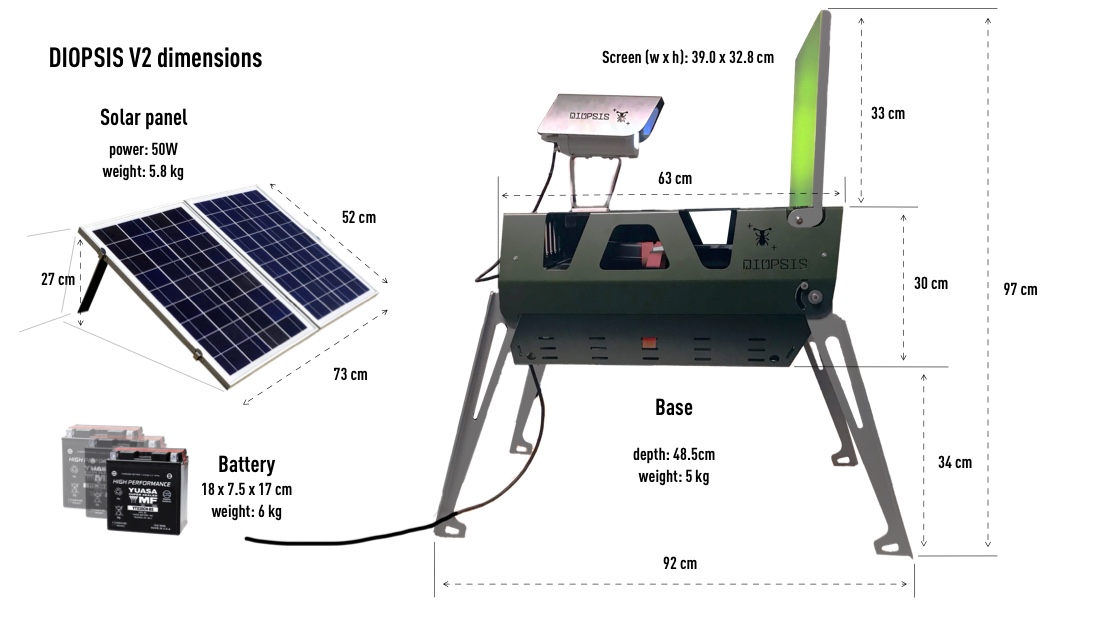
Stream
The camera works on 5V electricity, which can be supplied via mains power (220 V) or a solar panel/battery (12V). The camera/screen combination can be set up both horizontally and vertically. With the DIOPSIS web portal, the camera can be remotely monitored, photos and sensor readings can be accessed and data can be adjusted for research purposes.
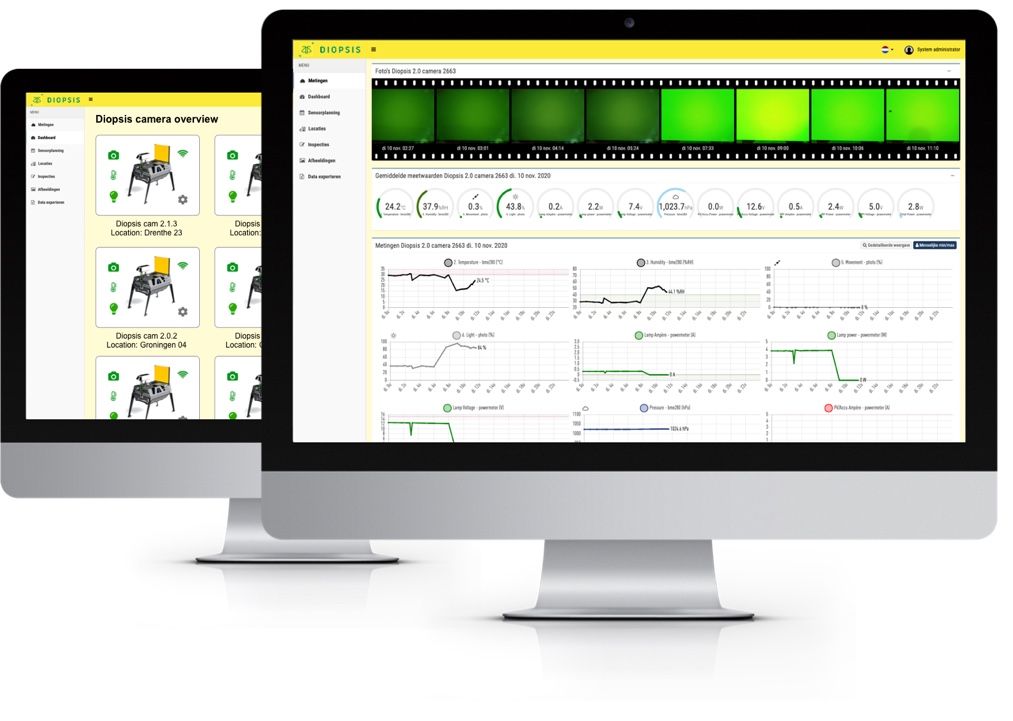
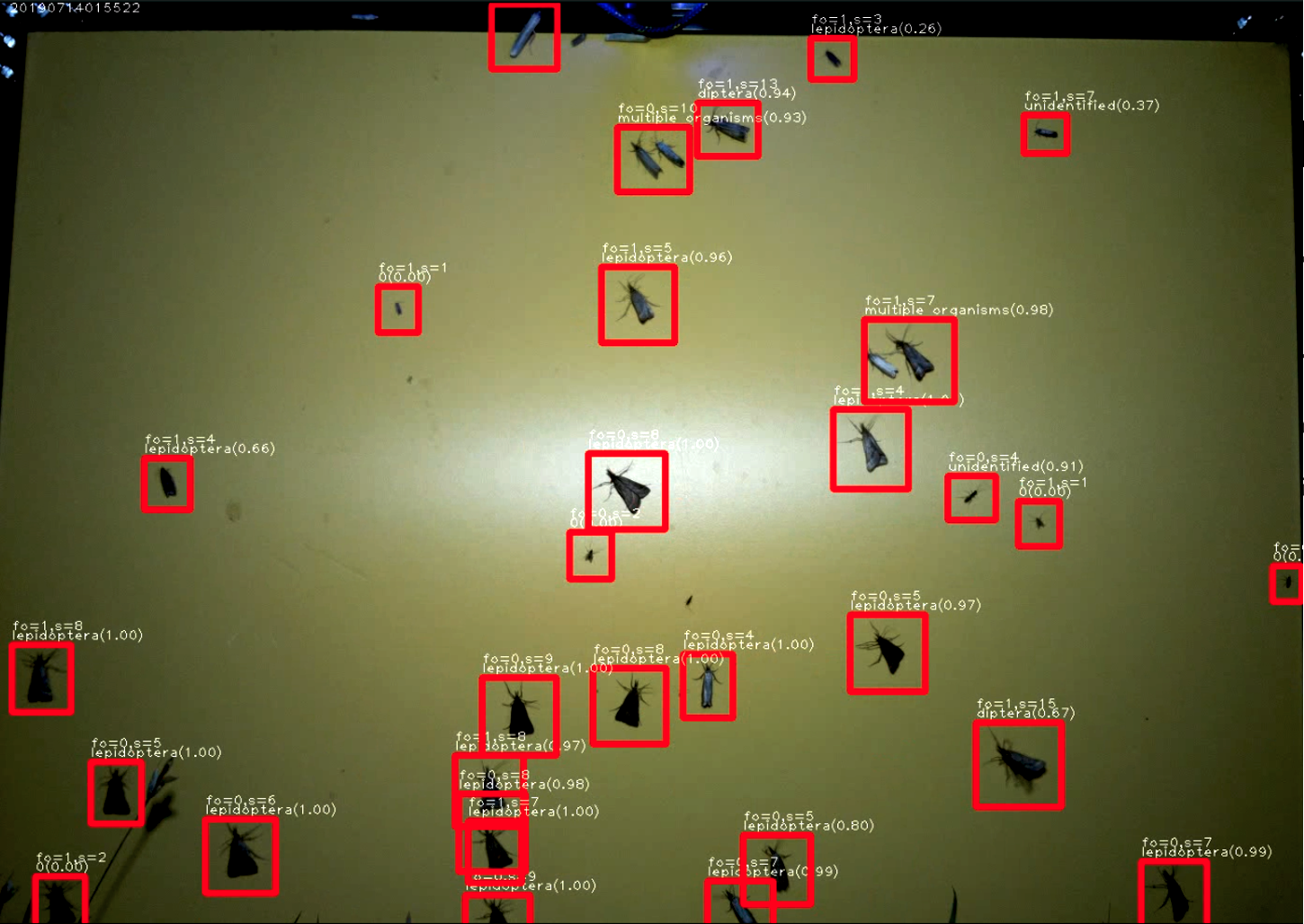
Counting insects
In the first step of the process, the software analyzes where the photo shows insects. The software distinguishes between insects and other objects in the image, such as mud, grass and shadow by means of a deep learning system. Once the insects have been recognized, their numbers can be easily counted. Insects that were also observed in the previous picture are not counted again. Insects that remain on the screen for hours and are photographed every 10 seconds, count only once.
Image recognition
Specialised deep learning software developed by Naturalis and COSMONiO looks at the photo and compares it with a large database of all kinds of insects that have been identified by specialists. Just like the well-known 'face recognition' in humans, the software searches for certain recognition points, which it extracts itself from the good examples database. In many cases, this leads to a good recognition of the insect, sometimes even at species level, for example moths. In the case of small insects, such as midges, it is often possible to identify them by their family. The software not only provides an identification, but also an estimate of the accuracy of that identification. Insufficiently certain identifications can be excluded if required. The image recognition 'pipeline' is shown on the right.

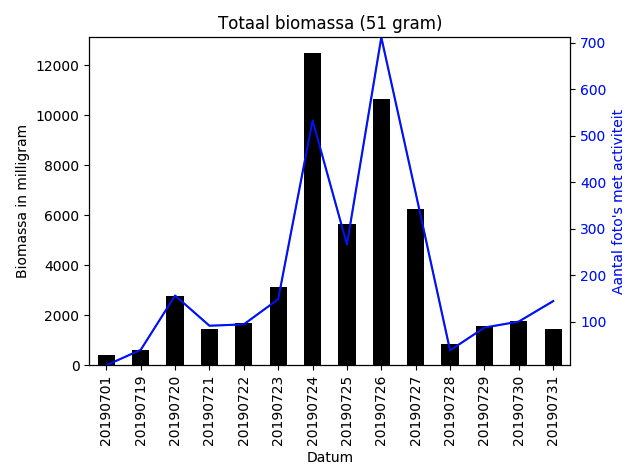
Weight determination
We estimate the weight of an insect, the biomass, via a roundabout route by first measuring its length. If the length is known, the weight can be estimated from known weights of groups of insects using a broken power law. This estimate becomes accurate if the insect species is known.
The results of the above analyses are summarised in reports for each location: see the menu.
Ambitions after 2021
Nationwide monitoring
The ambition of DIOPSIS is to create a monitoring network of insect cameras throughout the Netherlands in order to map the long-term trend of insects. We want to know whether the decline of insects continues and whether there are groups of insects that are doing better or worse than average. Besides this general monitoring goal, the cameras can also be used for targeted research. This can range from food for black-tailed godwits or measures assessment in Living Labs of the Delta Plan for Biodiversity Restoration to deployment in the ARISE project.
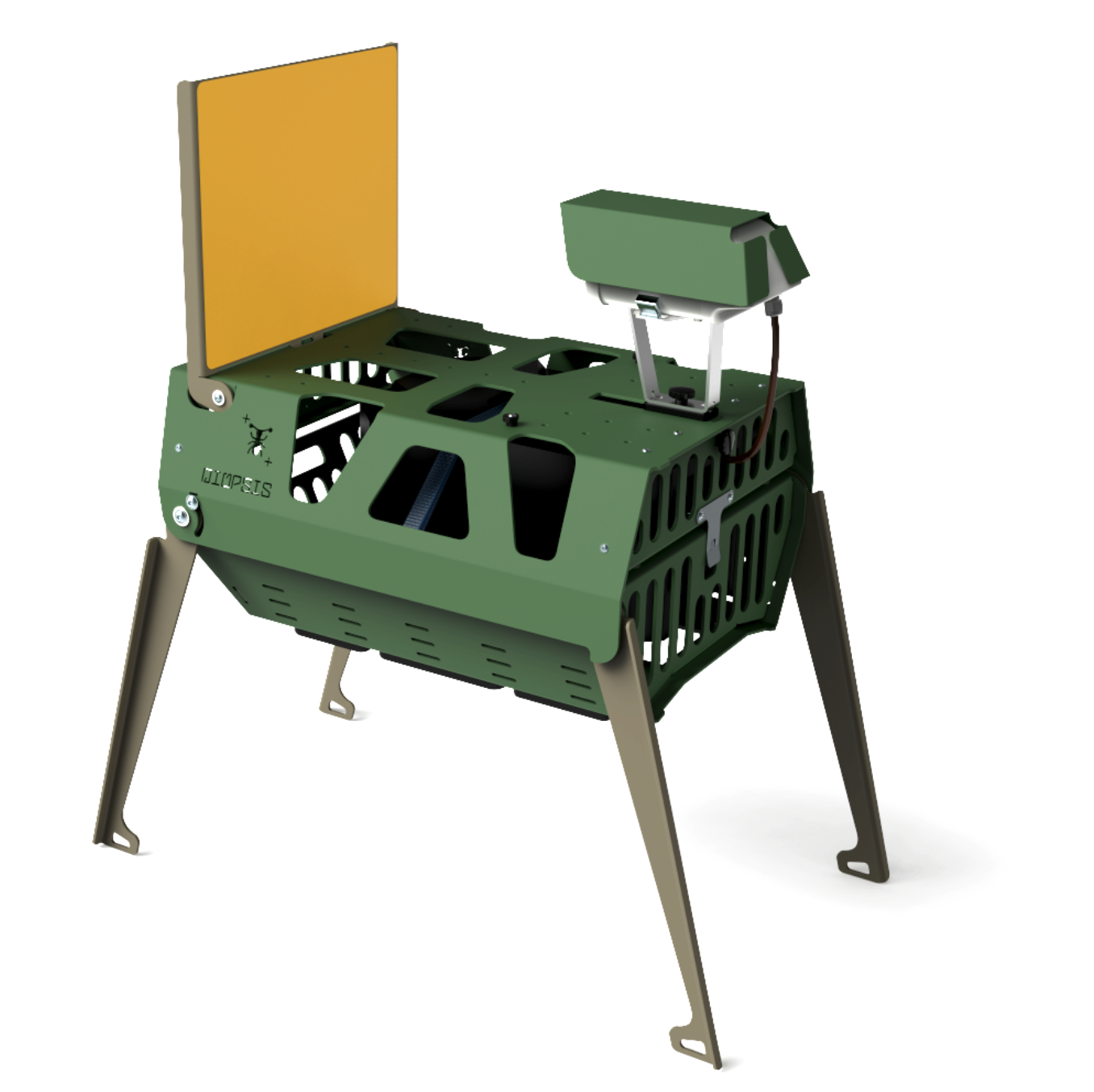
For more information about the camera and ordering options, please visit the Faunabit website.
For more information about image recognition by Naturalis, please contact Chantal Huijbers: chantal.huijbers@naturalis.nl
